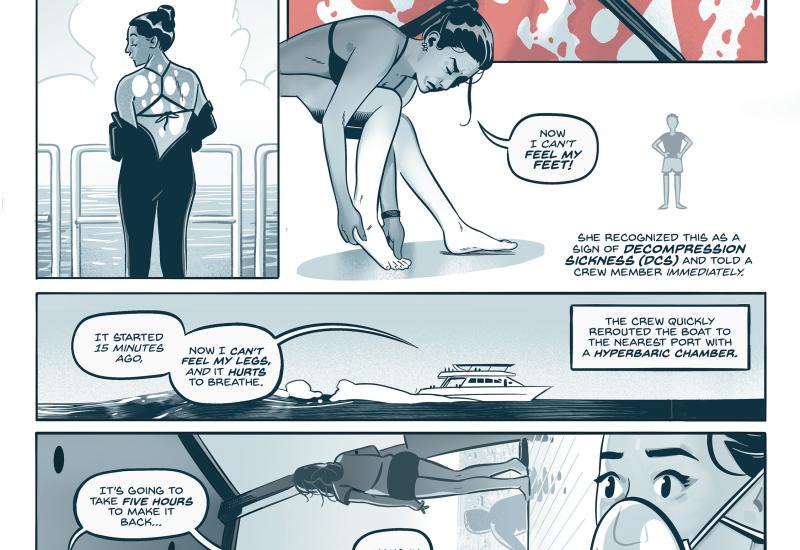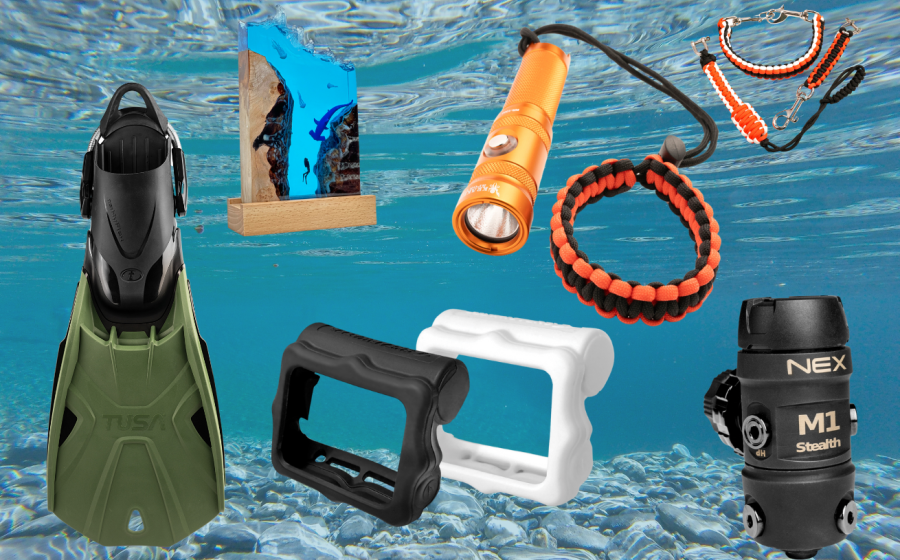How to Use a Scuba Compass Underwater

iStockFind Your Way
Learning to use a compass is an essential skill for successfully navigating underwater.
Reading a scuba compass is one of those skills we divers are often too embarrassed to admit has got us beat. Many of us prefer to rely on the dive guides. Follow these easy steps to become more comfortable with your scuba compass.
Step 1: Note that most compasses have numbers marked every 30 degrees. Many substitute East for 90, South for 180, West for 270 and North for 0/360.
Step 2: Rotate the compass back and forth to make it level. The card, the only moving part, should remain stationary and aimed north. Then aim your lubber line toward your target.
Step 3: Count the tick marks from left or right of the closest cardinal point to your desired direction. The number it lands on is your heading. Repeat this step to be sure the card is still pointing north and accurate.
Step 4: For a straight out-and-back dive, find your return course by adding or subtracting 180 from your original heading. Use the number that gives you a result between zero and 360. Test: Walk 10 steps in your original heading and then 10 steps in your return course. You should end up in the same spot.
Step 5: To make a right turn, add 90 to your original heading, or subtract 90 for a left turn. If the resulting number is negative, add 360 to maintain a number between zero and 360. Test: Take four right-angle turns, walking 10 feet in each direction, and you should end up at the same spot. If possible, write your headings on a slate. Rounding off to the nearest 10 degrees will simplify addition and subtraction. Over the short distances typical in recreational diving, an error of 5 degrees or so won’t matter.
Step 6: Before your dive, move the compass until the card points north and aim the lubber line in the desired direction and mark your heading. At depth, check your buoyancy and swim forward with the lubber line pointed in the direction of your heading. For your return, take your reciprocal heading and you will find yourself back where you began.
Know a new diver who could use more tips? Visit the Learn to Dive section of our website.










